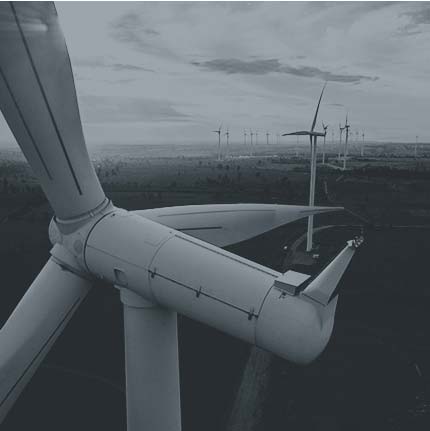Wind turbines work on a simple principle: instead of using electricity to make wind—like a fan—wind turbines use the wind to make electricity. The wind turns the propeller-like blades of a turbine around a rotor, which spins a generator, which creates electricity. This is one of the popular methods currently being used in abundance in India to generate electricity.
These gigantic structures come with their own safety hazards and time taken to carry out inspections, it is not surprising that the use of drones for this purpose is on the rise. These drones not only do they help carry out regular inspections but also help identify and gather data to support warranty claims.
The conventional manual inspections using ropes and platforms can at best inspect 2-3 wind turbines a day while a semi-automatic drone could inspect 12-15 turbines at the same time. A 2 man team consisting of a drone pilot and sensor operator can navigate and take high definition images of different parts of the wind turbine, typically inspecting each blade in under 10 minutes of flight.
Maintenance Issues
▪️Internal structural damages ▪️Shipping of Paint and rusting ▪️Bad Soldering or welding joints ▪️Resin or adhesive bonding gaps ▪️Core defects ▪️Damage due to Lightning Strike
Benefits of Using Drones
- Cameras with Higher-resolution visual inspections give HD images
- Thermal imaging on drones can be used to monitor wind turbines blades
- Data is transferred in a fraction of the time with better quality and lower costs
- Be it and on land or an offshore wind farm it remains functional during the inspection
- Drones collect the needed data for identifying and checking the risk thereby keep the production on which leads to continuous and increasing revenue
- It Greatly reduces man-hours and costs
- Increase efficiency due to data accuracy and reliability
- Human beings are completely safe as there is no need for them to ascend to such heights
- Real-time images and the video feed can be transmitted to ground control station

